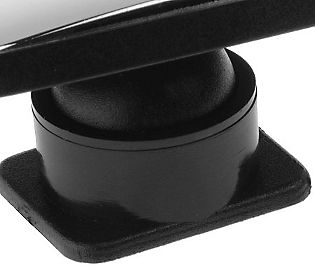
It is easy to think that motorcycles do not have blind spots and so do not need blind spot mirrors. This view is wrong. Even though the rider has fewer obstructions than the average car driver, he cannot look backwards for long. There is no rear view mirror and the side mirrors, like those on a car, will only tell part of the story.
In some ways, a bike’s side mirrors may give less width to their view. This is because, in the absence of a rear view mirror, they may be adjusted inwards, towards the rear of the bike. The wider view to the side and rear may be lost.
The blind spot mirrors can be extra mirrors just fitted onto or to the side of the existing wing mirrors. They might be convex in their lens shape to give a broader view. They may be on arms to give a wider view of both rear and side rear to the rider. They may be specialist types of mirrors that are attached to the existing mirror.
Before setting off, the rider should work with another to work out where the blind spots are and by how much they can be reduced by optimal use and placement of the new mirrors. The process can be improved further by the use of practiced and short glances over the shoulder by the rider.
It is particularly important for bikers to use their blind spot mirrors when about the change lanes. It is easy for other vehicles, especially fellow bikers, to be hidden in the blind spots and bikes, being on only two wheels, are so vulnerable to even the slightest touch. Riders should check carefully in all their mirrors and take a glance over the relevant shoulder before moving lanes.
The blind spot mirrors will not cure the problem but should be used by all bikers.
